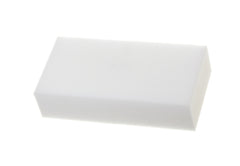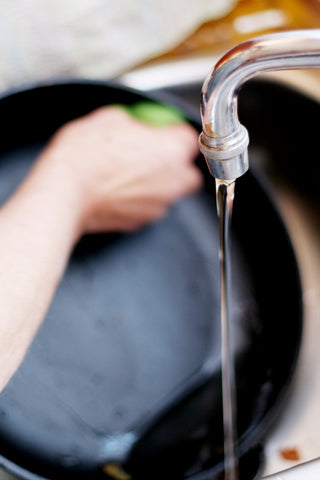Dyeing with Pots
The stove top hand dyeing method is ideal because the water is heated for the duration of the project. Occasionally we are asked what to do when an expensive cooking pot was used for a dyeing project. We do not recommend using cooking pots for craft projects if they will later come in contact with food. Tintex is not food grade.
It is not necessary to use a pot once or discard it after a project. We suggest that you use one pot for all of your craft/dyeing projects and clean it after. You can always find very inexpensive pots to use at many different types of stores. Big box stores, nation wides chain stores, thrift shops, online selling sites and kitchen supply outlets all have options that are suitable for fabric craft projects.
If you don't want to buy a special pot a suitable substitute could be a plastic buckets, sinks or bathtubs (you may need to adjust the water temperature for plastic).
*If you use a cooking pot for a Tintex project you need to wash thoroughly afterwards with dish soap and possibly bleach and then proceed at your own risk.
Fabric Dyeing Pot Clean Up Tips
- Protect your hands: during dyeing and cleanup, wear plastic or rubber gloves
- Reduce staining: rinse pot immediately, and clean with bleach, the soap of your choice and plenty of water
- Wipe dry: with a paper towel, soft cloth or cleaning sponge
Optionally, you may choose to boil water after the pot is clean and wipe it dry again. Some have used eraser type sponges or microfibre clothes to wipe their pots.
Basic Cleaning Tips
Wear rubber (or plastic) gloves while dyeing & cleaning, to protect your hands

Use soap & water and bleach (if needed) to clean up

There are many types sponges that will clean your dyeing pot like magic

When pot looks clean wipe it down with a soft cloth

Wipe with a sponge (or paper towel) to remove residue

How do you like to clean up after a fabric dyeing project?



